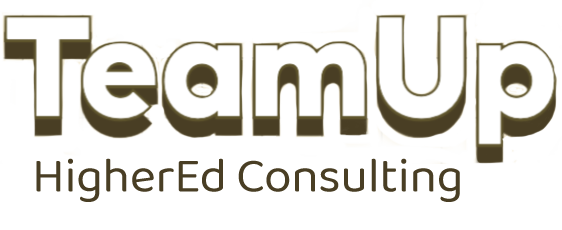7 Ways Higher Ed Programs Can Boost Organic Traffic Without Paid Ads
In a time when budgets are tight and competition for students is fierce, higher education programs must find cost-effective ways to attract prospective students. Organic traffic—website visitors that find you through search engines like Google—is a powerful way to do this without relying on paid ads. By focusing on search engine optimization (SEO) and quality content, you can significantly increase your program’s visibility. Here are 7 practical strategies to get started.
1. Optimize Existing Content
One of the easiest ways to boost traffic is by revisiting content you’ve already created. Program pages, blog posts, and even press releases can perform better with small updates.
How to Do It:
Conduct an SEO audit to identify pages with low traffic or poor rankings.
Add relevant keywords to headings, body text, and meta descriptions.
Update content with current data, alumni testimonials, or new program highlights.
Example:
A Business Analytics degree page might be updated to include recent alumni success stories or job placement stats.
2. Create Evergreen Content
Evergreen content addresses topics that remain relevant over time, like career advice or FAQs. This type of content consistently attracts search traffic, unlike news or event-based content.
Ideas for Evergreen Content:
“Is a Business Analytics Degree Worth It?”
“Top Careers for MBA Graduates in 2024”
“How to Finance Your Graduate Degree”
Pro Tip: Use tools like Google Trends or AnswerThePublic to identify popular, long-lasting topics.
3. Use Internal Linking
Internal links connect pages within your website, improving navigation for users and signaling to search engines which pages are most important.
How to Do It:
Link program pages to related blog posts (e.g., “Explore Business Analytics Careers”).
Use descriptive anchor text (e.g., “Top Skills for Data Analysts” instead of “Click here”).
Why It Matters:
Internal linking improves the user experience, keeps visitors on your site longer, and can boost rankings for key pages.
4. Write for Long-Tail Keywords
Long-tail keywords are specific, multi-word phrases that are less competitive and easier to rank for. They also align closely with what prospective students search for.
Examples:
“Affordable online MBA in analytics”
“Best hybrid data science graduate programs”
How to Do It:
Use tools like Ubersuggest or SEMrush to find long-tail keywords, then create content around them. These keywords often have lower search volumes but higher intent, meaning visitors are more likely to convert.
5. Leverage Faculty Expertise
Your faculty are thought leaders in their fields. Use their insights to create unique, engaging content that builds credibility.
How to Do It:
Interview faculty for blog posts or videos on industry trends.
Publish Q&A-style articles like “What Is the Future of Business Analytics?”
Example:
A faculty member discussing AI trends in analytics could draw in students interested in cutting-edge technology.
6. Add Student Testimonials
Testimonials provide social proof, reassuring prospective students that your program delivers on its promises.
How to Do It:
Feature testimonials on program pages and link to full success stories.
Use multimedia formats like video or quotes paired with photos.
Why It Works:
Prospective students relate to real experiences, making them more likely to trust your program.
7. Improve Your Page Speed
A slow website frustrates users and hurts your search rankings. Improving load times can enhance both user experience and SEO.
How to Do It:
Compress images and use modern formats like WebP.
Minify JavaScript and CSS files to reduce load times.
Test your site with Google’s PageSpeed Insights and implement suggested fixes.
Conclusion:
Organic traffic isn’t just a buzzword—it’s a sustainable way to increase visibility and attract students. By focusing on these 7 strategies, your higher ed program can grow its online presence without relying on paid ads. Need help getting started? Let’s talk about how I can help your team implement these changes.
